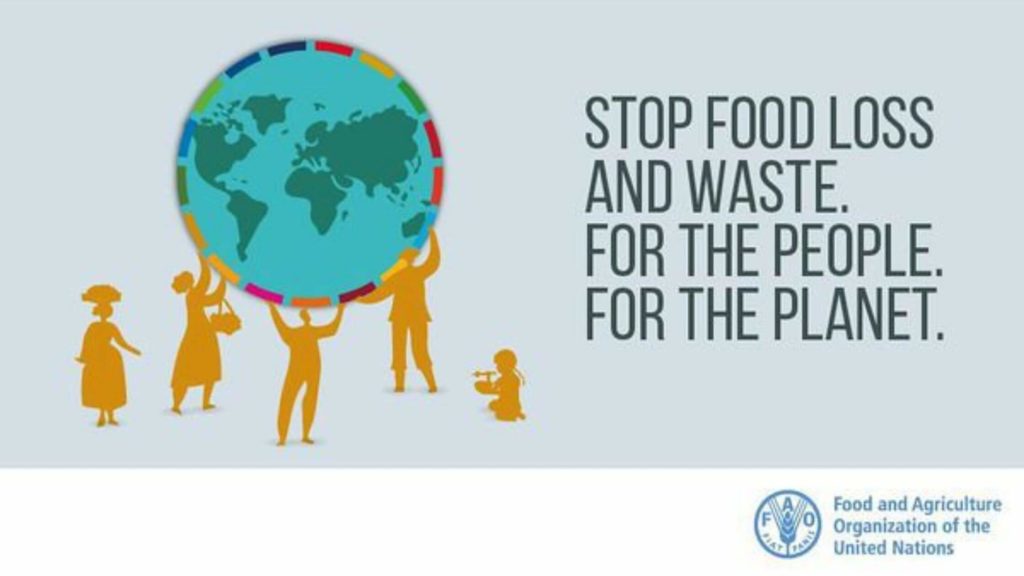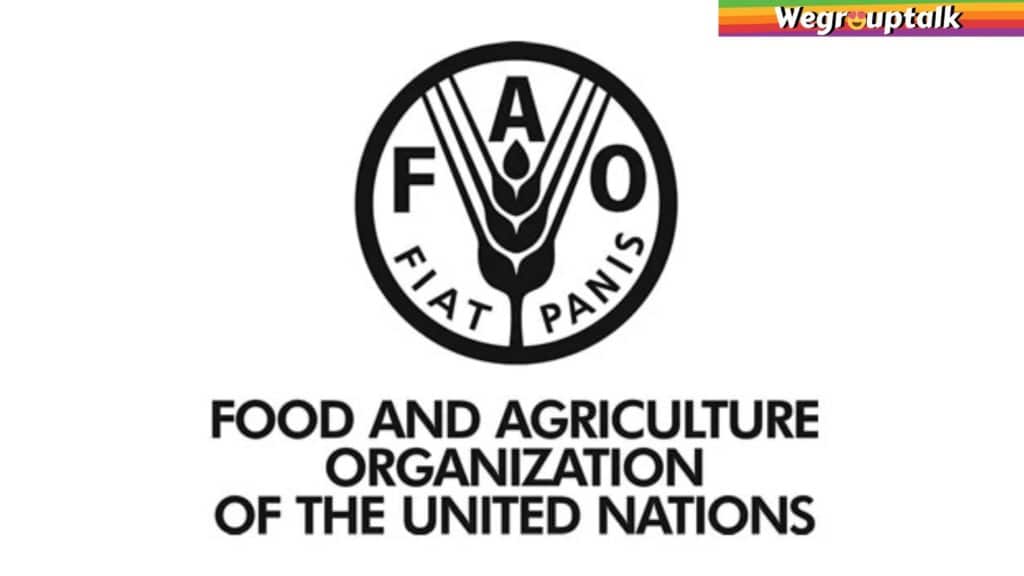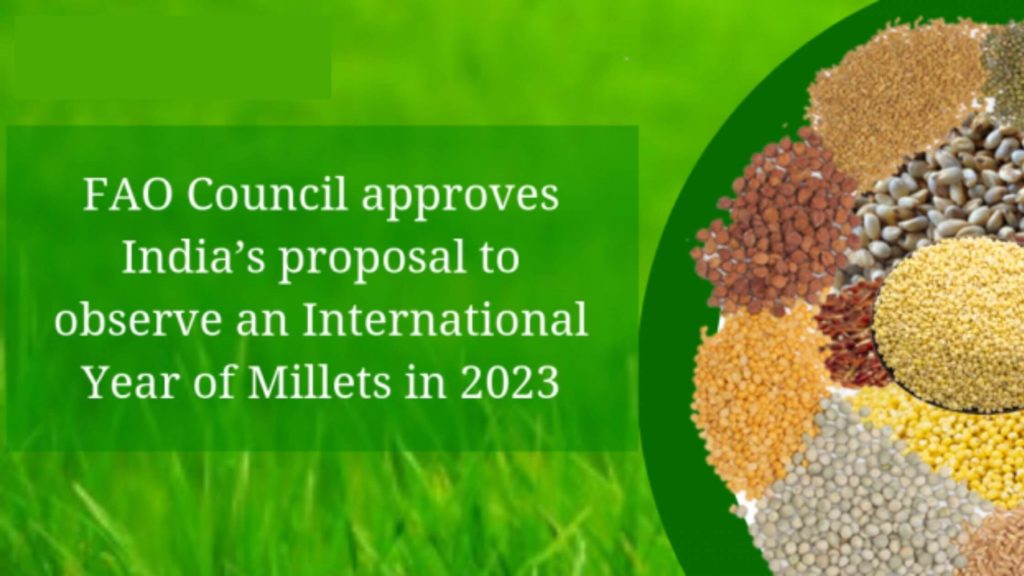Did you know Hunger remains the world’s No.1 cause of death? Aids, cancer, etc. follow? Did you know about 1/3rd of the world’s hungry live in India? Did you know at less than 20 INR (less than half a dollar) a day, 836 million Indians live? Did you ever realize that tonight, over 20 crore Indians will be sleeping hungry? Did you ever give it a thought that India has about 212 million undernourished people on its land? Did you know over 7000 people in India die of Hunger every day? And even worse, did you ever know that around 25 Lakh people in India die of Hunger every year? All these facts are incredibly shocking.
About the Organization
The United Nations Food and Agriculture Organization (FAO) is a United Nations Specialist Agency leading international efforts to fight poverty and enhance nutrition and food security. Fiat Panis, its Latin slogan, translates to “let there be bread,” founded in October 1945. It is headquartered in Rome, Italy; the Food and Agriculture Organization operates regional and field offices in over 130 countries worldwide. It allows governments and development agencies to coordinate their efforts to strengthen and expand agriculture, forestry, fisheries, and land and water resources. It also conducts research, provides project technical assistance, runs training and education programs, and collects agricultural productivity, production, and growth.
Food and agriculture organization members
The Food and Agriculture Organization, which is made up of 197 Member States, is governed by a biennial conference representing each Member State and the European Union, which elects a 49-member Executive Council. The Chief Administrative Officer is the Director-General, currently Qu Dongyu of China. There are numerous committees overseeing topics such as economy, programs, agriculture, and fisheries.
Food and Agriculture Organization Council
The Council of the Food and Agriculture Organization was established at the FAO Conference in 1947, replacing the original ‘Food and agriculture organization Executive Committee.’ This was in line with the recommendation on World Food Proposals by the Food and Agriculture Organization Preparatory Commission.
Note: The Council, within the limits of its authority, serves as the Executive Organ of the Conference between sessions.
The FAO’s role
The United Nations, Food and Agriculture Organization is a United Nations agency leading international efforts to defeat Hunger. FAO serves as a neutral forum serving both developed and developing countries. Both nations meet as equals to discuss agreements and debate policy. FAO is also a great source of knowledge and information. It enables developing and transitioning countries to modernize and strengthen their agriculture, forestry, and fisheries and ensure good nutrition and food security for all.

Functions of FAO
- Assisting governments and development agencies to coordinate their activities to develop and enhance agriculture, fisheries, forestry, and other water and land tools.
- Conducting research and providing technical help to various agricultural production enhancement and growth projects.
- Conducting training and education programs and gathering and analyzing agricultural data to increase productivity and yields.
- Various publications/reports are also published by the Food and Agriculture Organization, some of which are the State of the World, the Global Food Crisis Report, the State of Food and Agriculture, the State of the Forests of the World, etc.
Other functions include dealing with problems around the world related to food and agriculture. It also carries out the organization’s existing and prospective operations, including its Function and Expenditure Programme, financial management and administrative matters of the organization, and constitutional matters.
FAO and India
Since it started operations in 1945, the Food and Agricultural Organisation of the United Nations has enjoyed a valuable relationship with India. It plays a major role in India’s progress in crops, livestock, fisheries, food security, and natural resource management. In 1948, FAO commenced its operations in India. It is located in New Delhi with an office. The Ministry of Agriculture is the central ministry of the Food and Agriculture Organization in India.
- The Indian Government’s key goal is to double farmers’ income by raising productivity and maintaining equity sustainably.
- NITI Aayog is the leading policy-making agency in the nation that promotes the country’s economic development. Its different policies and agendas reflect the encircling structure for the agricultural sector.

Areas of Priority
- Sustainable and enhanced agricultural production and increased farm incomes
- Better protection systems for food and nutrition
- Enhanced social inclusion, enhanced skills, and employment opportunities in the agricultural sector
- Enhanced social inclusion, enhanced skills, and employment opportunities in the agricultural sector
Now one by one, in detail, we’ll get to know more about these priority areas :
1. Sustainable and enhanced agricultural production and increased farm incomes
Under this priority area, Food and agriculture organization will encourage the adaptation of the Farmers Water School (FWS) in Uttar Pradesh to surface irrigation practices to increase crop productivity and boost water usage quality. Food and Agriculture Organization will replicate the findings of Andhra Pradesh Farmer Controlled Groundwater Systems (APFAMGS) and the AP Groundwater Governance Pilot to scale up the AP Drought Mitigation Project funded by IFAD to enhance the yield and productivity of agriculture in rain-fed areas across the world.
Furthermore, for the IFAD-funded FOCUS project in Nagaland and Mizoram, FAO will provide technical assistance to Nagaland and Mizoram’s States to introduce support to improve productivity through sustainable farming practices.
FAO will also introduce the IFAD grant project to diversify livelihoods into sustainable forest-based agro-enterprises in the Odisha and Northeastern states. Through the GEF-funded Green Agriculture Project, Food and agriculture organization will improve farmers’ capacity to promote low-input alternative crop value chains linked to adopting sustainable practices in agriculture and natural resources. Also, Food and Agriculture Organization will provide NRLM with technical guidance to develop efficient and effective rural poor institutionAlsos that will allow them to increase household income through sustainable improvements in livelihoods.
Also, FAO will pilot the monitoring and analysis mechanism for producer price incentives in six states and strengthen the evidence base for agricultural and food policy, emphasizing smallholder farms. The Food and agriculture organization is also conducting a study on improving farmers’ incomes by increasing and sustaining pulses production.
2. Stronger security systems for food and nutrition
In this priority area, the FAO’s technical assistance would provide technical assistance driving the FAO’s Zero Hunger initiative. Food and agriculture organizations will work with IFAD and WFP in Odisha on pilot projects that encourage nutrition-sensitive farming practices and healthy nutritional habits, including hygiene and sanitation practices, through low-cost technology options targeting tribal communities.
Food and agriculture organizations will work with NRLM to reduce absolute poverty by supporting initiatives linked to other government programs to improve marginalized people’s health and nutritional conditions and break the cycle of poverty and malnutrition, especially among women and children.
In selected zonal and national nutrition training institutions/universities, FAO will also concentrate on capacity building to enhance capacity to effectively design, execute and track nutrition education for behavior change through behavior change.
3. Efficient use of natural capital, community growth, and cross-border partnership assistance for global public goods
FAO will introduce a GEF-funded Green Agriculture project under this priority area, which will provide models for effective landscape approaches to address biodiversity conservation interfaces in and around peaceful areas.
FAO will also provide technical assistance to the Nagaland and Mizoram States for the IFAD-funded FOCUS project to improve smallholder farmers’ adaptive capacity to climate change by enhancing the sustainable and gender-inclusive development of jhum, the predominant mode of production in the two states. FAO also offers technical assistance for pilot projects to improve commitments to India’s National Biodiversity Action Plan (NBAP), 2008, and the National Biodiversity Goals of Agriculture and the Allied Sector (NBT).
Also, FAO will facilitate increased sustainable livelihoods and diversification for selected coastal communities under the regional BOBLME project. FAO will provide technical assistance for sustained advocacy on combating anti-microbial resistance and implementing the National Action Plan for AMR submitted by the government to the World Health Assembly of WHO and FAO. FAO will also support groundbreaking pilot projects on biomass-based energy production to better utilize farm-based assets and agricultural products.
FAO will concentrate on building the poor’s capacity and skills for productive and sustainable livelihoods under this priority through jobs generating agribusiness and enterprise clusters and other projects funded under the DAY-NRLM and developing grazing-based livestock that is critical to the protection of the landless and socially marginalized.
FAO will assist and develop the capacity to improve agroecological systems and approaches to farmers’ field schools, which are currently being introduced in different parts of the country to promote job creation in agro-business and enterprise clusters. FAO will also highlight and produce proof of the importance of small ruminants and backyard poultry in increasing overall agricultural returns and increasing the importance of dryland and highland farming systems.
Membership with India
India’s FAO Council has also accepted India’s membership of the Executive Board of the United Nations World Food Programme (WFP) for 2020 and 2021. The Minister of Agriculture and Farmers’ Welfare of the Union said that the 160th session of the Council of the Food and Agriculture Organization (FAO), currently taking place in Rome, approved India’s proposal to observe the 2023 International Year of Millets. Furthermore, India’s membership of the Executive Board of the United Nations World Food Program (WFP) for 2020 and 2021 was also approved by the FAO Council.
Statement by Minister:
- India celebrates 2018 as the National Year of Millets to encourage these nutria cereals’ production and consumption in the sense of this global endorsement.
- This further helps the rise in minimum support prices (MSP) for millets.
- Together, millets consist of Jowar, Bajra, Ragi, and minor millets called nutria-cereals.
- State governments are permitted to procure jawar, bajra, maize, and ragi from framers at the MSP through the Food and Public Distribution (FPD) Department.
In the end, it can be said that India had come a long way since 1945 when it became one of FAO’s founding members as a food-deficient nation with a low income. The nation is not only self-sufficient in rice and wheat today; it also exports a variety of food items and has up to 60 million tonnes of food grain buffer stocks at any given time! In this journey of victory and success, since 1948, when FAO operations in India first started, FAO has been a steadfast partner. It is unavoidable in a country as big as India that the FAO’s money expenditure is small compared to India’s agricultural production investment.

Although the assistance’s dollar value may be minimal, FAO has substantially contributed to technological inputs. In the vocabulary of M.S. Swaminathan, father of India’s green revolution. “FAO has played a catalytic role in the development of India in the fields of crop and animal production and food protection, and FAO has provided crucial policy and technical inputs with its global experience.”
Follow us on FACEBOOK, INSTAGRAM, and TWITTER to stay connected.
Also Read- GREEN REVOLUTION- Nurturing India since 1967




